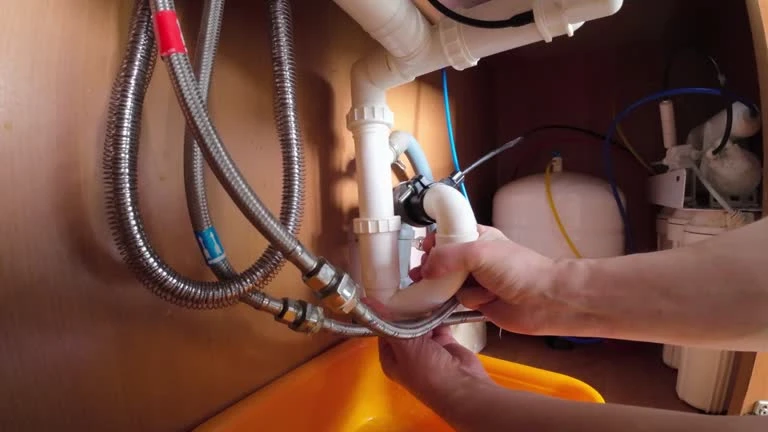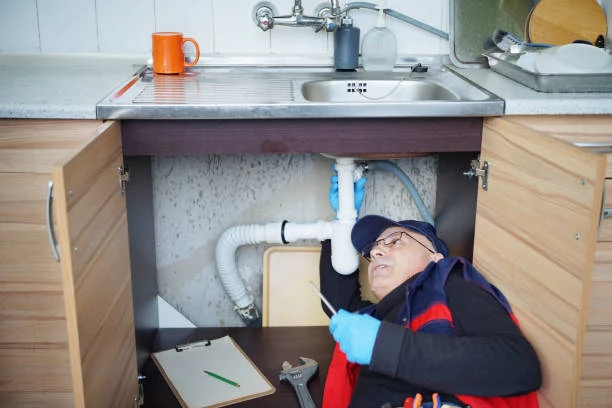Introduction
Copper fittings play a crucial role in various applications, especially in electrical and thermal systems. Their excellent conductivity makes them a preferred choice. One specific type of copper alloy, tuba brass, enhances these properties even further. This article explores the electrical and thermal conductivity of copper fittings, focusing on the advantages of tuba brass.
Properties of Copper
Copper boasts remarkable electrical and thermal conductivity. Its atomic structure allows electrons to flow freely, resulting in low resistance. This property makes copper ideal for electrical wiring and connections. Additionally, copper’s thermal conductivity ensures efficient heat transfer. Industries often utilize copper fittings in HVAC systems and refrigeration. The combination of these properties contributes to the overall efficiency of systems.
Tuba Brass: An Overview
Tuba brass is a specific alloy that combines copper with zinc and other metals. This alloy retains many of copper’s beneficial properties while enhancing strength and durability. Tuba brass exhibits excellent corrosion resistance, making it suitable for various environments. Its unique composition allows it to maintain conductivity while providing added stability. This makes tuba brass fittings a reliable choice in electrical and thermal applications.
Electrical Conductivity of Copper Fittings
Electrical conductivity refers to a material’s ability to conduct electric current. Copper fittings excel in this area due to their high conductivity rating. For example, copper has a conductivity rating of 58 MS/m. In comparison, tuba brass offers slightly lower conductivity but maintains excellent performance. This makes brass fittings suitable for applications where some strength is needed without sacrificing too much conductivity.
Thermal Conductivity of Copper Fittings
Thermal conductivity measures a material’s ability to conduct heat. Copper fittings demonstrate high thermal conductivity, making them ideal for heat exchangers. For instance, copper fittings in HVAC systems efficiently transfer heat. Tuba brass, while not as conductive as pure copper, still performs well. Its thermal conductivity allows it to be used in applications requiring heat transfer without compromising structural integrity.
Applications of Copper and Tuba Brass Fittings
Copper and tuba brass fittings find applications in various industries. Electrical systems often use copper fittings for wiring and connections. In contrast, fittings serve in plumbing and HVAC systems. The combination of strength and conductivity makes brass ideal for these applications. For example,brass valves can withstand high pressure while maintaining good thermal performance.
Advantages of Using Tuba Brass
Using tuba brass fittings offers several advantages. First, they provide enhanced strength compared to pure copper. This strength allows for greater durability in demanding environments. Second, brass fittings resist corrosion, ensuring longevity. This is particularly important in plumbing applications. Lastly, they maintain good conductivity, making them suitable for electrical applications. These advantages make brass a popular choice among engineers.
Conclusion
The electrical and thermal conductivity of copper fittings plays a vital role in various applications. Tuba brass enhances these properties while providing added strength and durability. Industries rely on copper and tuba brass fittings for efficient electrical and thermal systems. By understanding these materials’ benefits, engineers can make informed choices for their projects. Embracing the advantages of tuba brass ensures optimal performance and longevity in applications.
IFAN Products international standards
IFAN products strictly adhere to a comprehensive range of international standards, encompassing ISO 15874, EN 15874, ASTM F2389, DIN 8077/8078, GB/T 18742, NBR 15884, ISO 15494, EN ISO 15494, GB/T 19472, NBR 15494, ASTM 2846 (501), DIN 8079/8080 (502), ASTM F441/F441M SCH80 (503), DIN (504), DIN (505), GB/T 18993, AS/NZS 1477, CSA B137.6, NSF/ANSI 14, TIS 17-2532/1131-2535, BS 3505, BS 4346 (801), ASTM D1785 SCH40 (802), ASTM D1785 SCH80 (803), DIN (804), GB (805), GB (806), GB(901), DWV(902), ASTM D2665 (903), along with ASTM D2241, D2665, D2729, and F441/F441M series, ISO 1452, EN ISO 1452, DIN 8061/8062, GB/T 10002, AS/NZS 1477, JIS K6741, CSA B137.3, and other national and industry norms.
Connect
IFAN is a Chinese manufacturer of plastic pipes, fittings and valves with 30 years of experience. If you are interest in IFAN copper fittings, copper valves, plastic pipes and fittings, please contact us. IFAN offers you a variety of standard pipes to meet your specific needs. Click below to learn more about IFAN’s wide range of affordable and cost-effective valve products and piping system related products.
We will reply your email or fax within 24 hours.
You can call us at any time if there is any question on our production.
For more information,pls visit our webside https://waterpipefitting.com/
Pls Mailto: [email protected]
Whatsapp: +86 15088288323














Recent Comments